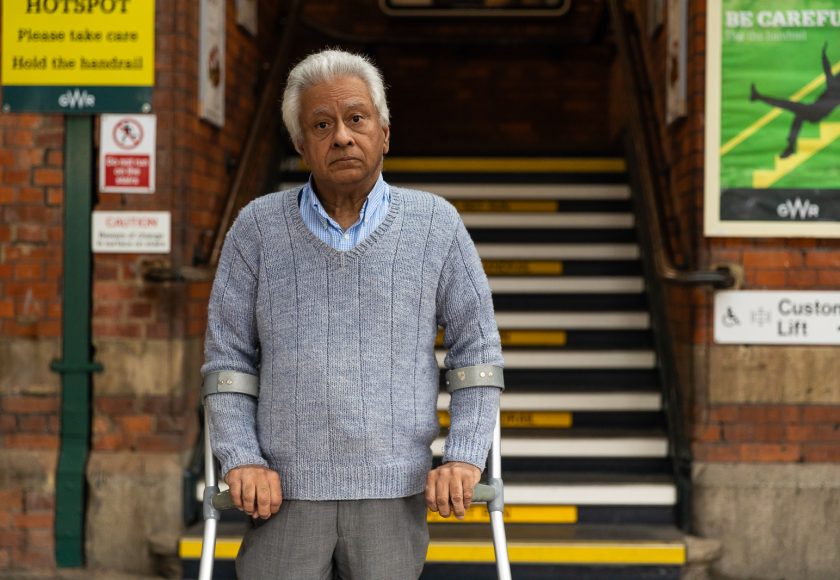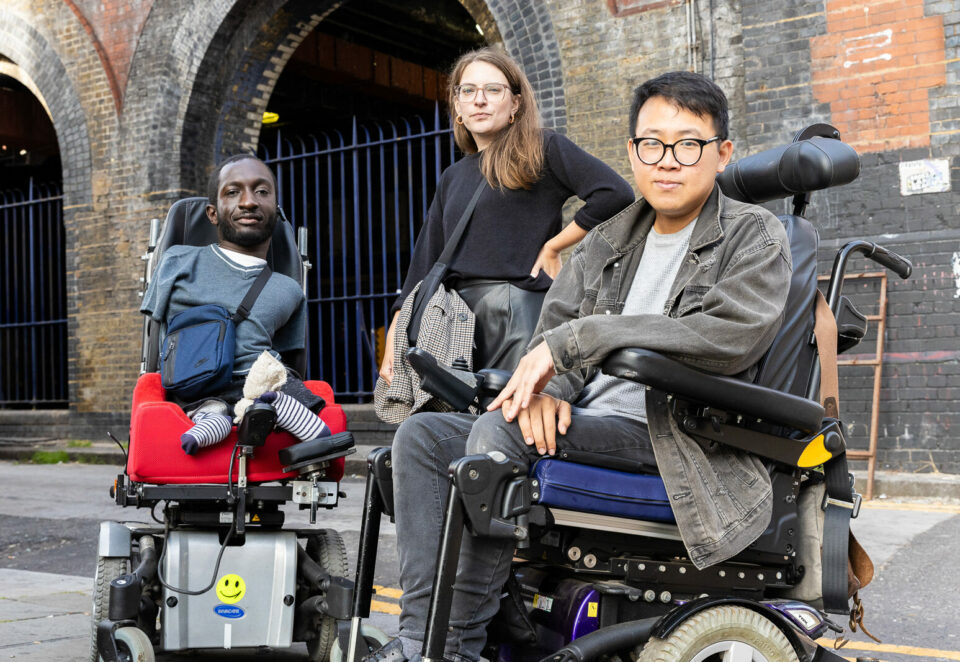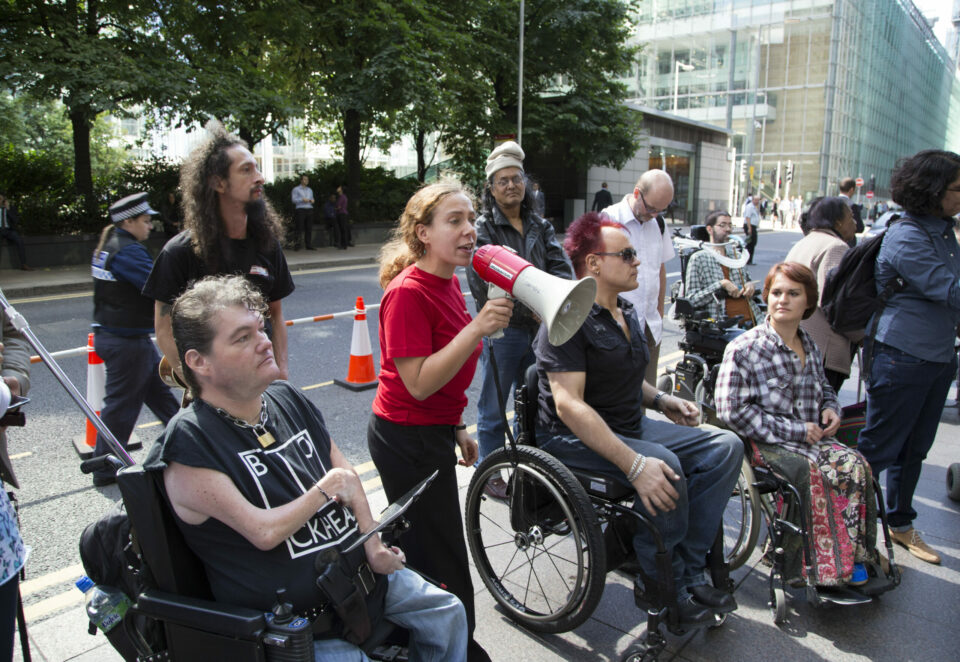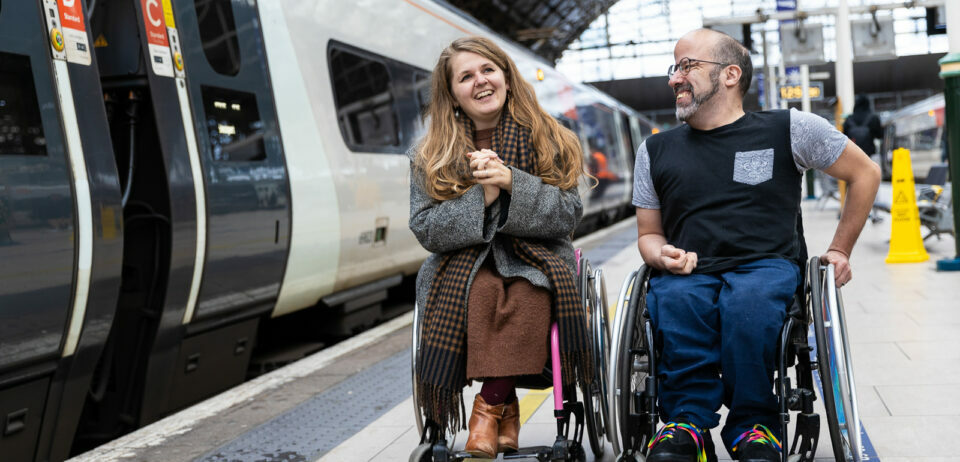
Policy background
The National Travel Survey 2021 found that people with a ‘mobility difficulty’ made on average 2 rail trips per year, as opposed to 14 trips per year completed for the average person with ‘no mobility difficulty’ (Department for Transport).
Due to the inaccessibility of rail infrastructure, many disabled people rely upon staff assistance to travel by train. However, operators can decide how to deploy staff, with few regulatory conditions.
- Only 11% of stations are staffed at all times, with a further 45% staffed only part-time. (DPTAC)
- In the year ending March 2023, just 81% of pre-booked Passenger Assistance requests resulted in all assistance being received. This means almost 1 in 5 assistance requests were unsuccessful. (Office for Rail and Road)
- A 2022 audit found that only half of disabled participants were able to successfully receive assistance from Help Points. The other half were prevented from doing so by a number of barriers, such as the points being out of reach, broken, or otherwise inaccessible (Office for Rail and Road)
- An accessibility feature that would enable some disabled people to travel independently is Level Boarding (train floors level with platform). Just 2% train stations have level boarding. (DPTAC) There is no National standardised height for train platforms meaning rolling stock continues to be purchased with different floor heights.
Trains in numbers
- 1 in 4
- mainline train stations have step-free access
- 2%
- of stations have level boarding (train floors level with platform)
- 67%
- stations have platform(s) which are too narrow for wheelchairs to turn
- 40%
- of mainline rail stations have no tactile paving
Our research and work on trains

Campaign victory: Plans to close rail ticket offices are officially scrapped
We're celebrating a major victory today, as proposals to close hundreds of rail ticket offices are officially scrapped.

Celebrating the disabled activists who campaigned for an accessible Elizabeth Line
As Crossrail opens today, disability charity, Transport for All, pays tribute to the efforts of the 2013 campaigners.


Support us
We can't do this without your support. Take action, give what you can, or sign up as a member - and join our movement of disabled people fighting for a better future.
